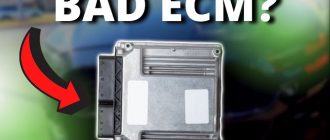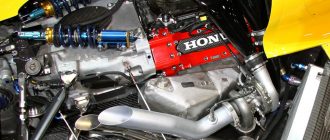What is an Engine Block in a Car?
The engine block is the main structural component of an internal combustion engine. It is the foundation for all of the other engine components, and it houses the pistons, crankshaft, and other moving parts. The engine block is typically made of cast iron or aluminum, and it is designed to withstand the high temperatures and pressures that are generated by the combustion process.
Components of an Engine Block
The engine block is a complex component, and it contains a number of different parts. These parts include the following:
- Cylinder bores: These are the holes in the block that house the pistons.
- Cylinder walls: These are the surfaces of the cylinder bores that the pistons slide against.
- Deck surface: This is the top surface of the block that the cylinder head is bolted to.
- Crankshaft main bearing bores: These are the holes in the block that house the crankshaft main bearings.
- Camshaft bearing bores: These are the holes in the block that house the camshaft bearings.
- Oil passages: These are the channels in the block that allow oil to circulate to the various engine components.
- Water jackets: These are the channels in the block that allow coolant to circulate around the cylinders and other engine components.
Functions of an Engine Block
The engine block performs a number of important functions, including the following:
- Provides a foundation for the other engine components: The engine block is the foundation for all of the other engine components, and it provides a rigid structure that keeps the engine together.
- Houses the pistons, crankshaft, and other moving parts: The engine block houses the pistons, crankshaft, and other moving parts, and it provides a smooth surface for these parts to move against.
- Provides a密封d environment for the combustion process: The engine block provides a sealed environment for the combustion process, and it prevents the combustion gases from escaping.
- Provides a cooling system for the engine: The engine block provides a cooling system for the engine, and it helps to keep the engine from overheating.
Types of Engine Blocks
There are two main types of engine blocks: open-deck and closed-deck. Open-deck engine blocks have the cylinder bores open at the top, while closed-deck engine blocks have the cylinder bores closed at the top. Open-deck engine blocks are lighter and less expensive to manufacture, but they are not as strong as closed-deck engine blocks. Closed-deck engine blocks are stronger and more durable, but they are heavier and more expensive to manufacture.
Conclusion
The engine block is a critical component of an internal combustion engine. It provides a foundation for the other engine components, and it houses the pistons, crankshaft, and other moving parts. The engine block also provides a sealed environment for the combustion process, and it helps to keep the engine from overheating.




